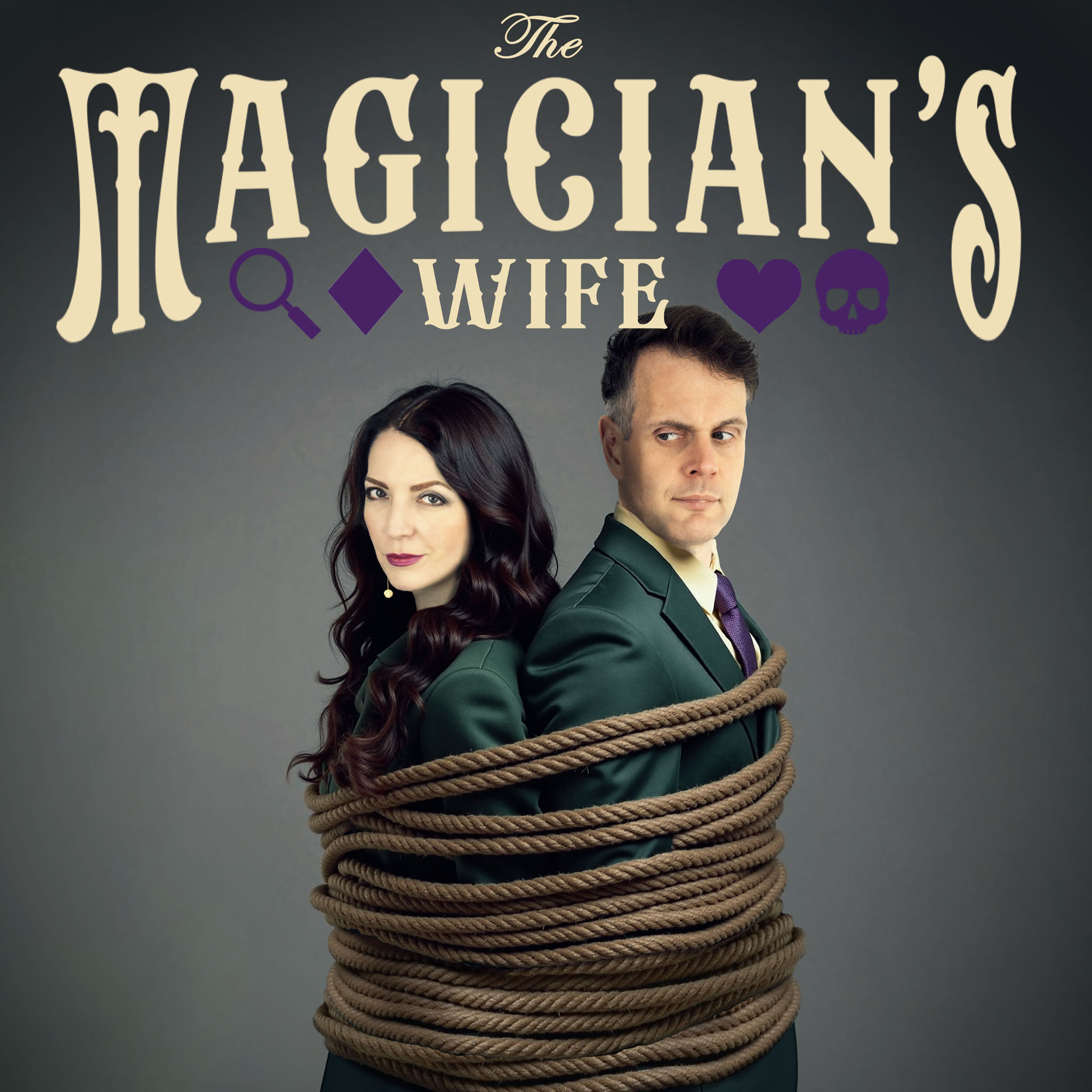The Effect
It’s a chilly January evening in the city of Liverpool, England. The year is 1931 and William Herbert Wallace, a 52-year-old insurance agent and man of precise habits, is attending his usual Monday night session at the Liverpool Central Chess Club. But, as the chess gets underway, a telephone call is received at the club. The club captain takes the message: a man identifying himself as “R. M. Qualtrough” has called, requesting that William meet him at 25 Menlove Gardens East the following evening at 7:30 PM. The purpose of the meeting, says Qualtrough, is to discuss an insurance policy.
The name “Qualtrough” is unfamiliar, and Menlove Gardens East isn’t an address he immediately recognises, but for William the prospect of new business is always welcome. And so the next evening, Tuesday 20th January, William sets off for the appointment. He meticulously consults maps of the city, asking tram conductors for directions, and diligently searching for the elusive Menlove Gardens East for over 45 minutes, to no avail. William finds Menlove Gardens North, South, and West, but no “East.” The address, it seems, doesn’t exist. Puzzled and a little frustrated, William Wallace finally abandons his search and heads home to his wife, Julia.
William arrives home to his small terraced house at 29 Wolverton Street, Anfield at around 8:45 PM. He inserts his key into the front door lock, but for some reason the key sticks, and is impossible to turn. Thinking this strange, William heads down the alleyway at the rear of the row of terraces and tries the back door. But this door, too, is locked. And, not that William knows it as he desperately tries to gain entrance to his house, but this back door is also bolted from the inside.
By this point in the proceedings, William is seized by an increasing sense of alarm. He begins knocking, hammering on the doors to his house, calling out for Julia. His wife, however, gives no reply. He calls out again and again, but every time is met with silence. Eventually, with the help of his concerned next-door neighbours, John and Florence Johnston, William tries the back door once more. This time, it finally yields.
What greets William and his neighbours is a scene of unimaginable horror. In the small front parlour, illuminated by a dim gaslight, lies 52-year-old Julia Wallace. She has been brutally bludgeoned to death. Her body is slumped near the gas fireplace, her head and face bearing the marks of a savage attack, likely with an iron bar or poker. A mackintosh belonging to William is found partially burned beneath her body. Possibly, it seems, in an attempt to start a fire in order to destroy evidence.
The police are called to Wolverton Street immediately, and the Wallaces’ house is subjected to a hasty, almost superficial search. The kitchen cash box, where Julia kept small amounts of money, has been opened and about £4 taken. Otherwise, very little of value appears to be missing. Critically – and most bafflingly – investigators confirm that both the front and back doors had been securely locked and bolted from the inside before William gained entry with the Johnstons. No windows are found to have been forced or opened. And so, the murder of Julia Wallace is a classic locked-room mystery.
Suspicion instantly, and perhaps inevitably, falls upon William Herbert Wallace himself. Who else could have left the house so securely locked but its owner? The mysterious “Qualtrough” phone call now seems like nothing more than a cunningly-crafted alibi. But if William was his wife’s killer, just how did he manage to – not only play his part so convincingly – but murder his wife before leaving the house locked… from the inside?
© 2025, Lora Jones. All rights reserved. Reproduction prohibited without written permission.



